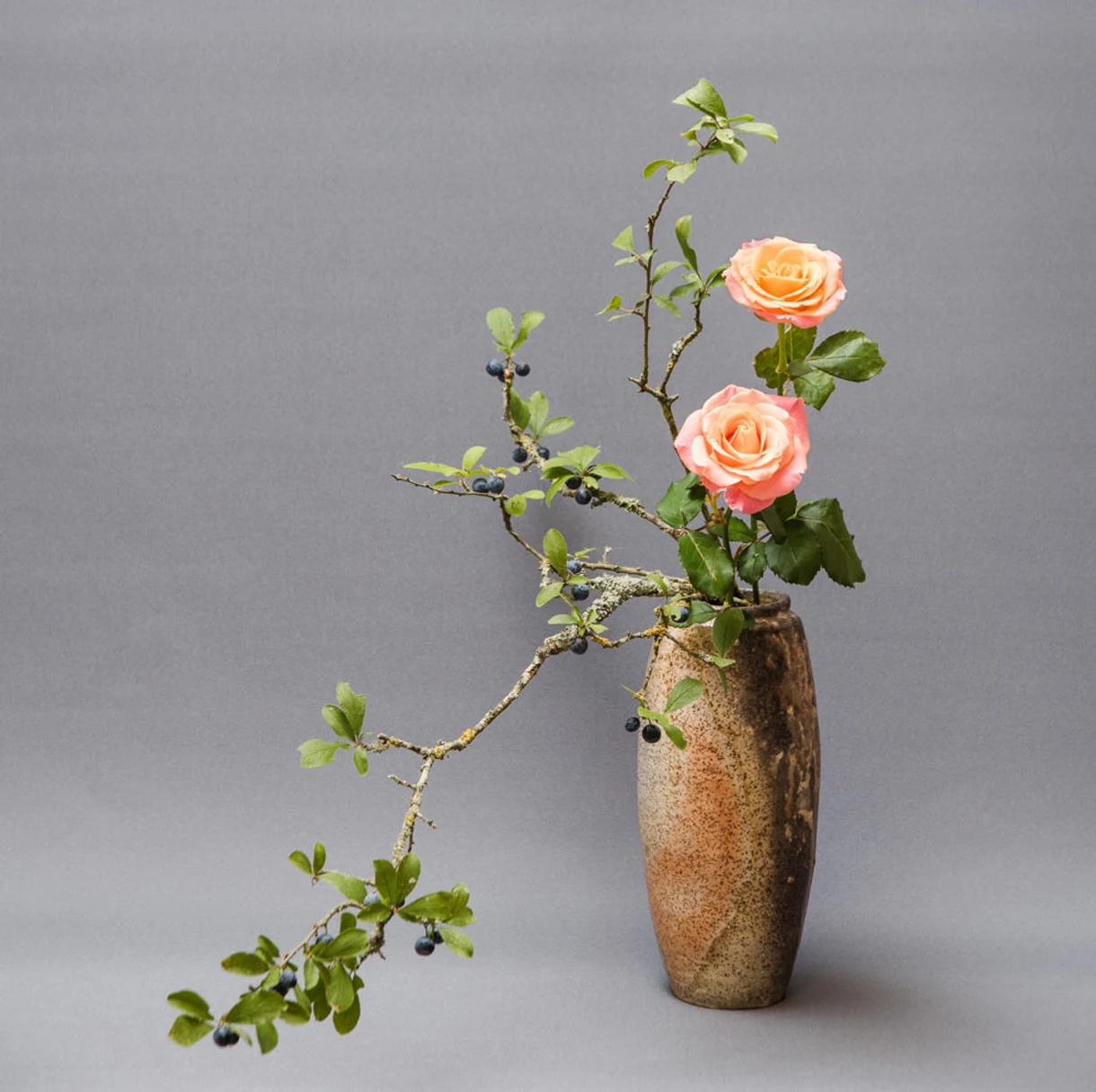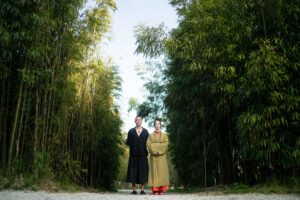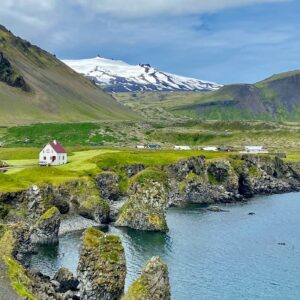Visitors can partake in such traditions as flower arranging or the tea ceremony and observe national pastimes ranging from Kabuki theater to Sumo wrestling. Museums are also great repositories for everything Japanese, from stunning artwork to folk items used in every day life.
Flower Arranging
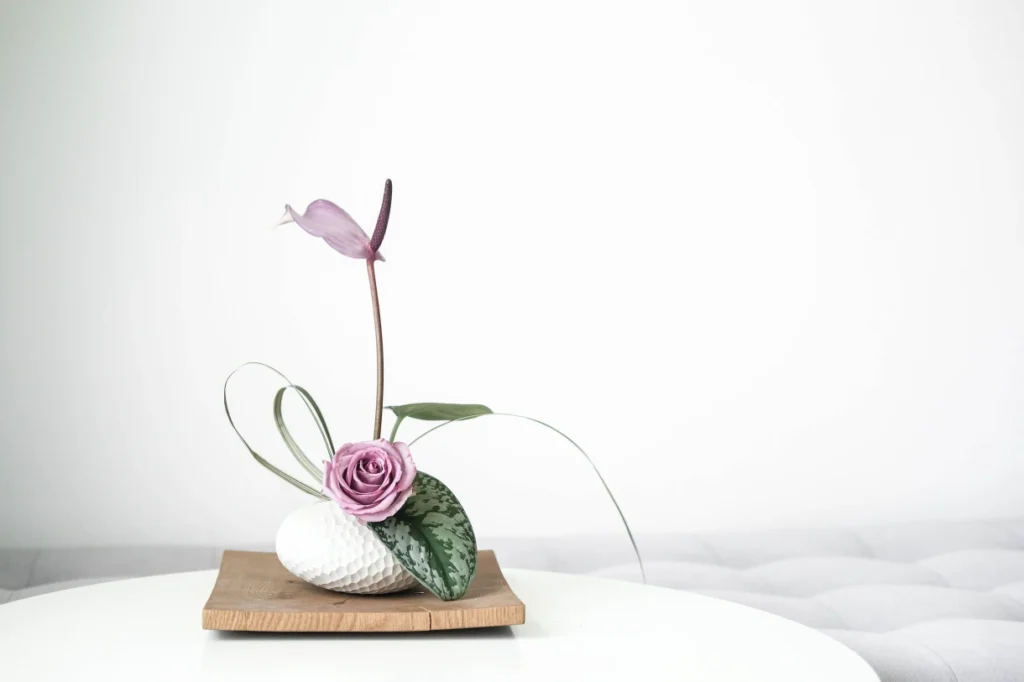
Japanese flower arranging, called Ikebana or Kado, is like painting a picture with flowers, with each blossom, stem, vase and stand chosen with great care and arranged in perfect grace, harmony and beauty. Originally related to the tea ceremony as a special but simple way to decorate the tea room, Japanese flower arranging evolved into different schools of thought, each with their own methods and philosophies.
Today there are more than 20 well-known schools of flower arranging, a few of which open their doors to foreigners eager for a quick lesson in English. Department stores sometimes have ikebana shows. Incidentally, Ikebana has spread throughout the world largely through the efforts of Ikebana International.
Tea Ceremony
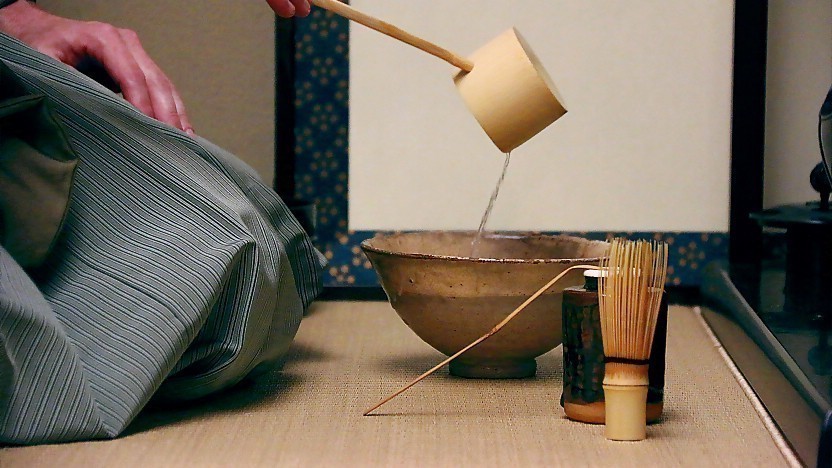
Chanoyu, the tea ceremony, is an aesthetic cult much in vogue in Japan. Introduced from China, it was formalized as a ceremony in the 16th century based on the tenets of Zen, when civil war plagued the nation and samurai sought relief in the stylized ritual as a form of disciplinary training for mental composure.
Today, many Japanese still practice the tea ceremony as a spiritual balance to today’s hectic world. It is also revered for its lessons in elegant manners and etiquette, with many different schools practicing their own style of ceremony. Visitors can experience the tea ceremony, which features a special type of powdered green tea, at several hotels with tea rooms (most notably in Tokyo), at many of Japan’s famous landscape gardens and at tea-ceremony schools.
Buddhist Temples
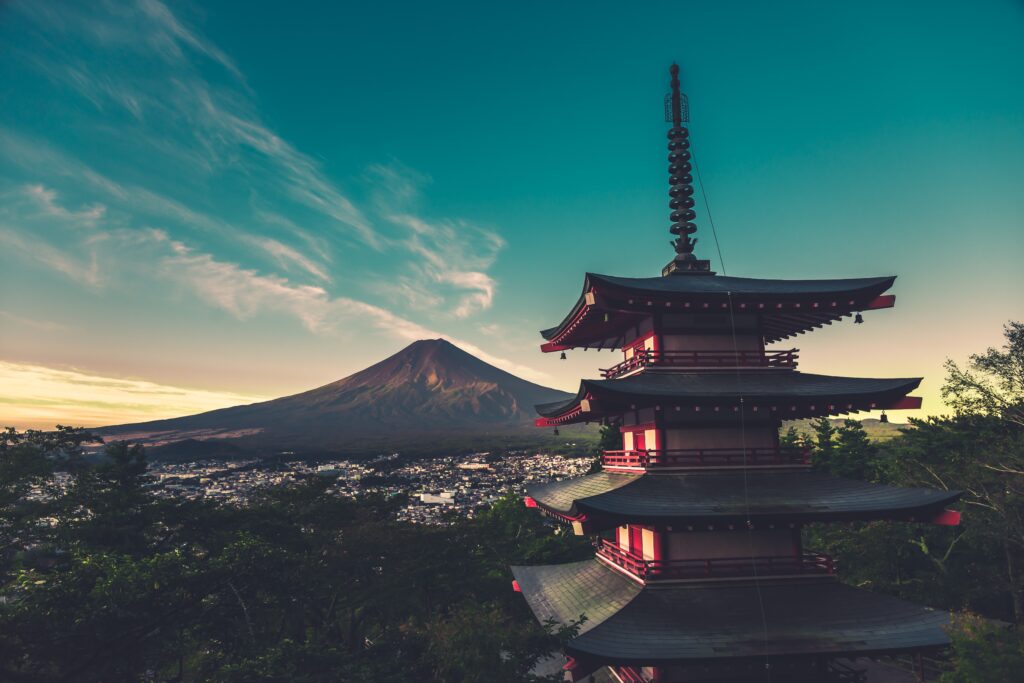
If you want to see the typical classical architecture of Japan, there is no better place to go than one of its many buddhist temples. These temples, with their images of the Buddha, were established for the practice and propagation of the Buddhist religion, which originally came from India.
The layout of the temple buildings differs depending on the particular Buddhist sect and the period, and the names of the buildings themselves are also different.
The most important buildings in the temple are the main hall (Hondô, Kondô or Butsuden) and the pagoda. Worshippers stand in the outer chamber facing the inner sanctuary, with its images of the Buddha, to pray, pressing their palms together.
In India, the temple building which houses what are said to be the remains of the Buddha is called a stupa. In its passage to Japan via China and Korea, this type of building changed its shape and became the five-storied pagoda of the typical Japanese temple.
The Bonsho is the Buddhist temple bell. It is struck 108 times on New Year’s Eve to ring in the New Year and drive out the 108 evil desires that man is heir to.

